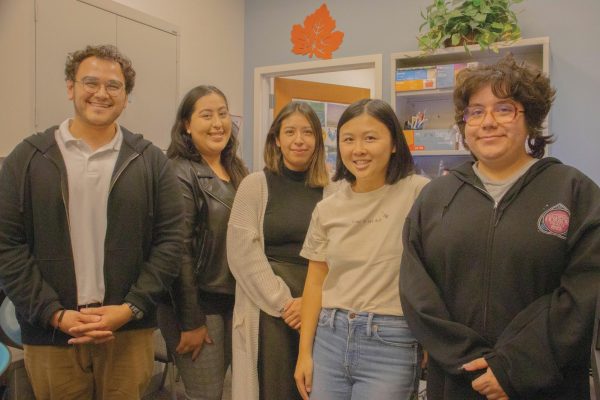India’s Gay Sex Rights Uplifted from Ban
September 6, 2018, will go down in history for India’s LGBTQ community. The country celebrated their liberation of the Supreme Court’s standing of gay sex.
In conservative India. A country holds more than 1.3 billion people, will mark this day on how people will view gays and lesbians. India looks to protect the rights of the LGBTQ community. Also, India’s lifestyle under this new ruling.
Chief Justice Dipak Misra had this to say, “No one can escape from their individuality,” Misra goes onto say, “We have to bid adieu to prejudices and empower all citizens.
Misra had made those comments on behalf of himself and 4 other judges in the Indian Supreme Court today. The courtroom filled many lawyers, plaintiffs, and activists. Although, there were some members of the public who managed their way inside the courtroom.
Section 377 of the Indian penal code is the ban and outlaw of sex. Which is “against the order of nature.”
Section 377 dates back to 1861 when India was still under the control of British colonial rule. This law banned all anal and oral sex but more importantly to rule and prosecute against same-sex relations amongst men. Milind Deora, who is a member of the 15th Lok Sabha, from the Mumbai South constituency tweeted, “Once again, Supreme Court treads where few politicians have dared. Congratulations & a big thank you to all the activists who stood up to be counted #Section377”
Some activists expressed their happiness by expressing their acceptance of their own existence thanks to this court order. This ruling decriminalized a past ruling in 2013 which sought to ban homosexuality in the whole country of India. “Consensual sex between adults in [a] private space, which is not harmful to women or children, cannot be denied as it is a matter of individual choice,” the court stated, “Section 377 results in discrimination and is violative of constitutional principles.”
The Supreme Court lawn was occupied by a crowd of young activists cheering with joy and gratitude; some who even traveled afar to be here today to hear the court’s ruling of the matter. Many wore banners of rainbow-colored clothing taking selfies and celebrating in unison of their cultural freedom. Pride parades began an epidemic in India since 2016, but are now common in several cities in India. Even in the largest city of Mumbai, a nonprofit group that advocates LGBTQ rights called the Humsafar Trust, decorated their office with a giant rainbow curtain. They chanted cheers in their local language of Marathi, “A golden morning has dawned. The era of 377 is gone!”






